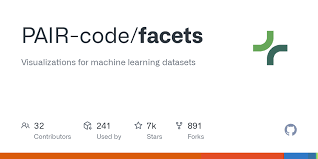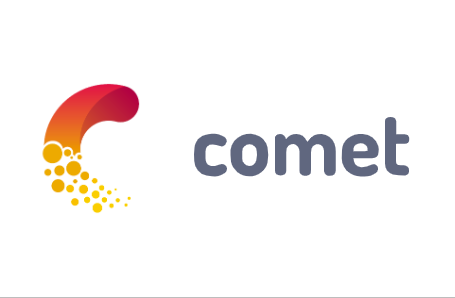Deep Lake Key Features
- Optimized for Deep Learning: Deep Lake is built to handle large, unstructured datasets used in deep learning tasks, such as images, video, and audio, making it particularly useful for computer vision and NLP research.
- Versioning and Metadata: It provides dataset versioning, allowing researchers to track changes over time and ensure reproducibility of experiments. It also enables metadata tagging, which helps organize and query data efficiently.
- Querying Large Datasets: Deep Lake allows for real-time querying and exploration of large datasets, eliminating the need for complex preprocessing steps. This makes it easier to extract insights and identify patterns within the data.
- Seamless Integration with ML Frameworks: The platform integrates with popular machine learning frameworks such as TensorFlow, PyTorch, and JAX, enabling easy access to datasets during model training.
- Scalability: Deep Lake is designed to scale with the needs of the research, from small academic projects to large-scale industry applications, ensuring that datasets of any size can be stored and retrieved efficiently.
Our Opinion On Deep Lake
Deep Lake is an excellent tool for research teams dealing with large, unstructured datasets commonly found in deep learning applications. Its focus on dataset management, including versioning, metadata tagging, and real-time querying, provides significant time savings for researchers who would otherwise spend a large portion of their workflow on data wrangling. While it’s primarily designed for data storage and retrieval and lacks model training features, Deep Lake integrates well with major ML frameworks, making it a valuable addition to any research pipeline. It’s particularly well-suited for research in computer vision, NLP, and other data-heavy AI disciplines.













